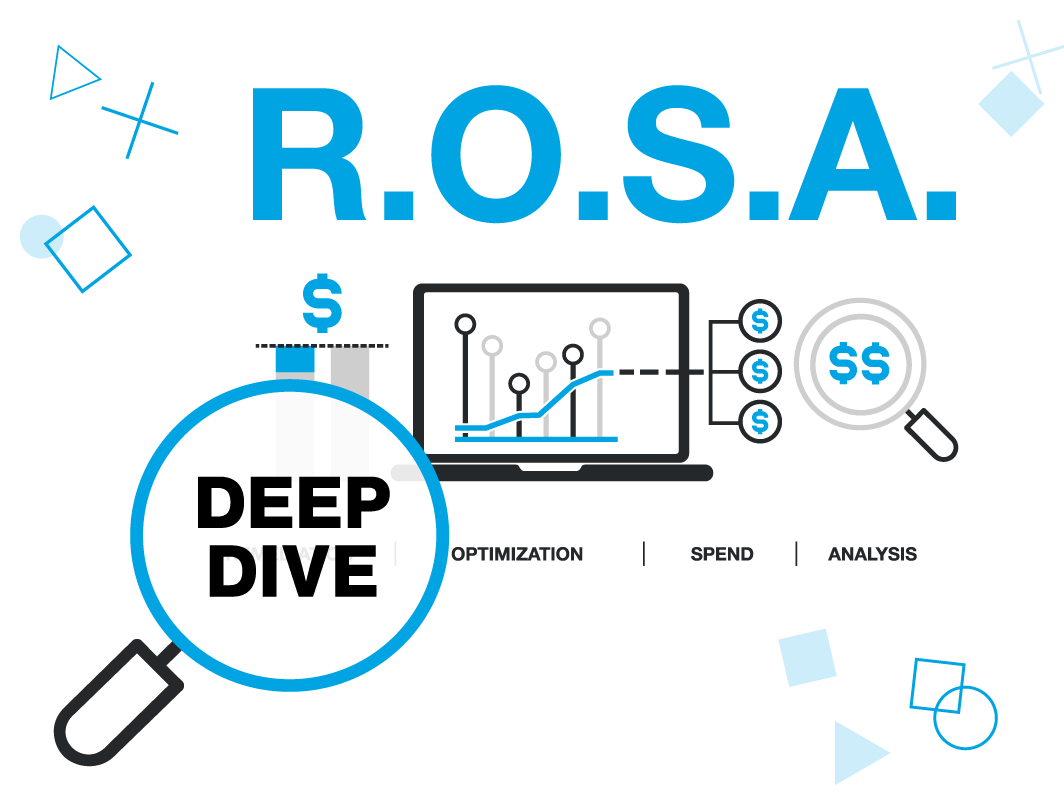
![]()
On June 29, 2023, the U.S. Supreme Court issued a 6-3 landmark decision in the cases filed against Harvard College and the University of North Carolina. In the ruling, Justices indicated that both of these universities’ Affirmative Action programs related to college admissions violated the Equal Protection Clause of the Fourteenth Amendment.
While focused on the education sector, the decision has, not surprisingly, sparked significant attention, controversy, and ongoing discussion and debate outside of educational settings.
Employers are seeking clarity about the potential of the ruling on their employee relations actions and DEI initiatives.
Implications for Non-Education Employers
Given the Supreme Court ruling, employers are anticipating that they will face increased scrutiny around their DEI and affirmative action initiatives. The ruling has prompted discussions about the use of race-based criteria in workplace initiatives and the importance of prioritizing individual qualifications and skills when making employment decisions.
There have been similar actions taken in non-educational settings that can fuel these concerns. For instance, California’s Assembly Bill 979, requiring boards of public companies headquartered in California to include one to three members of underrepresented groups among its board members, was struck down in May 2023, because the law was determined to require “an impermissible racial quota.”
But, while some are pointing to potential negative implications for employers’ DEI efforts, others say “not so fast.”
Not Mutually Exclusive
In an article for Harvard Business Review, Kenji Yoshino and David Glasgow say: “We believe the court has left plenty of room to continue advancing diversity and inclusion in the workplace.” While there may be “affirmative action” implications, they point to three areas where they believe diversity and inclusion work will continue: debiasing work, ambient work, and universal work.
- Debiasing work focuses on removing stereotypical language from job postings, using consistent questions in structured interviews, and refining processes related to promotion to be more transparent and merit-based. Unconscious bias training, they explain, is a form of this type of work.
- Diversity and inclusion programs in business settings, they say, are often ambient. “In our experience, it’s a rare employer that explicitly tells managers to consider race or gender when choosing between job candidates,” they point out.
- Finally, they note, the organizations they work with tend to use diversity and inclusion frameworks that “lift all boats together.” They point to the concept of allyship to illustrate the broad applications of these efforts in the workplace—diversity and inclusion are for everyone. Other universal frameworks include efforts to ensure psychological safety for all.
Still, they acknowledge: “It is perhaps inevitable that some corporate leaders will pounce on this Supreme Court ruling as a reason to abandon programs they already opposed.”
But there are other reasons for organizations to maintain their focus on DEI efforts–ESG, or the environmental, social, and governance focus organizations like the SEC and Nasdaq require corporations to track and report. Ethical investment is also a growing trend, with 85% of investors taking ESG factors into account when making investment decisions.
For employees, for regulators, for investors, and for employers, DEI matters.
Best Practices for Employers
Regardless of the Supreme Court ruling and how it may, or may not, ultimately impact employers outside of the education sector, DEI does matter to today’s employees, customers, and communities. Importantly, it is possible for employers to strike a balance between their DEI efforts and fair and equitable hiring and employee management practices that create equity for all.
For instance, employers can follow a number of best practices to ensure that they are supporting DEI while remaining aware of the importance of providing a culture that supports all employees. In their employee-related decisions, employers should:
- Focus on merit-based selection processes, ensuring that hiring and promotion decisions are based on individual qualifications, skills, and experiences, rather than race, gender, or ethnicity.
- Strive for a diverse slate of candidates without focusing explicitly on gender, race, or ethnicity requirements.
- Rethink traditional EEO-1 representation goals to incorporate other aspects of diversity, such as those who may identify as two or more races and other diversity dimensions beyond race or ethnicity.
- Take steps to ensure that diversity initiatives are designed in such a way that they expand opportunities for underrepresented groups without negatively impacting majority group members.
- Take candidates’ life experiences into account when making hiring decisions.
- Document employee-related decision-making processes making these decisions transparent and clearly conveying selection and decision criteria to those impacted.
- Foster an inclusive company culture that celebrates a broad range of differences—not just related to race and ethnicity.
- Continuously review and update diversity initiatives to keep pace with the changing legal landscape and best practices.
- Seek legal counsel to review diversity initiatives and provide guidance to ensure compliance with all applicable laws. Be proactive in mitigating potential legal risks.
DEI matters. Regardless of the Supreme Court ruling and its implications for educational institutions, the vast majority of employers today are committed to creating and sustaining an environment that supports employees and that recognizes their unique differences and the value those differences bring to the workplace. By proactively addressing potential legal challenges and promoting merit-based selection and promotion processes, companies can ensure that their practices contribute to a more equitable and successful workplace for all employees.




